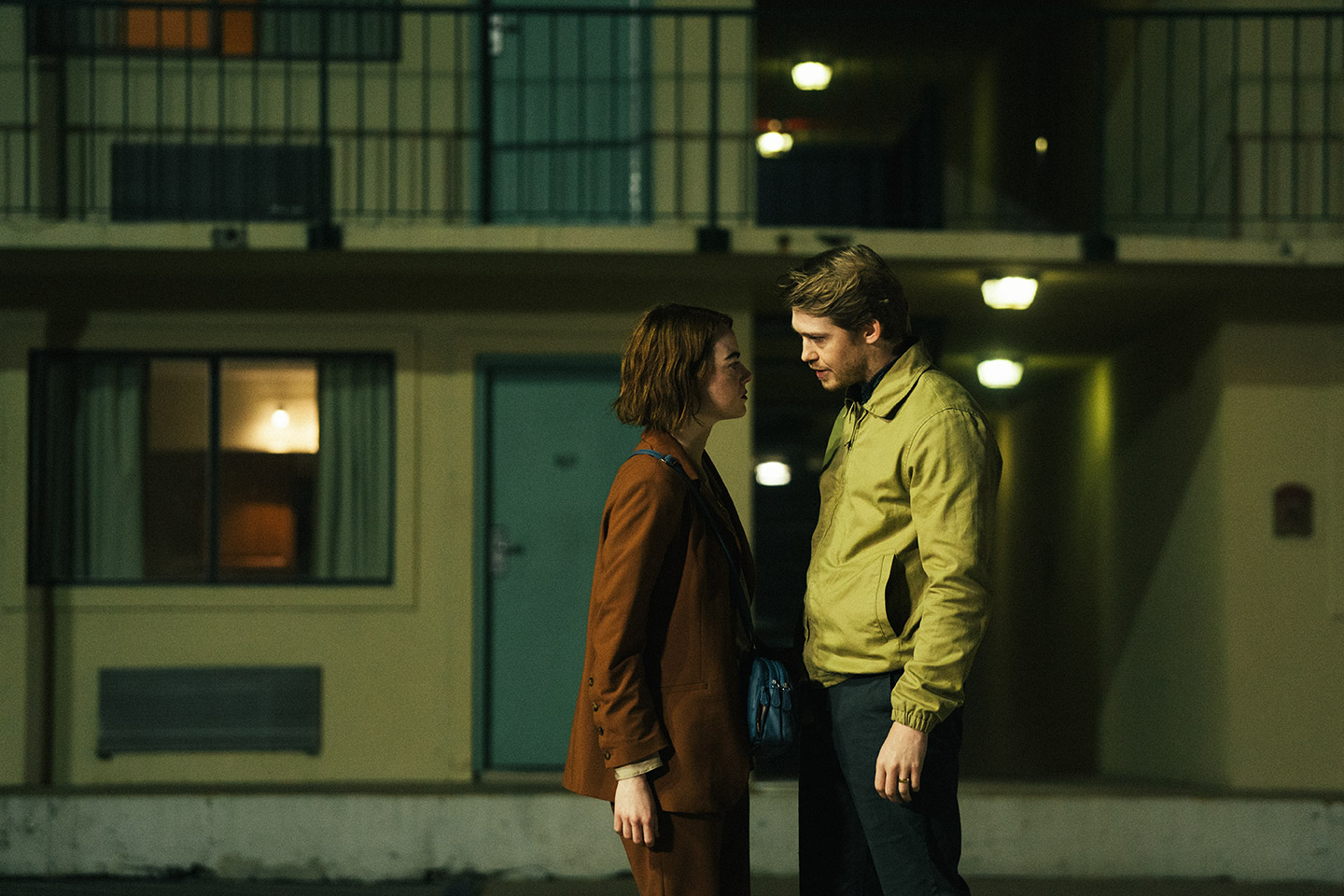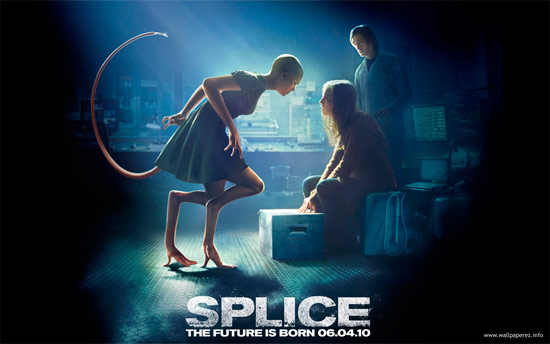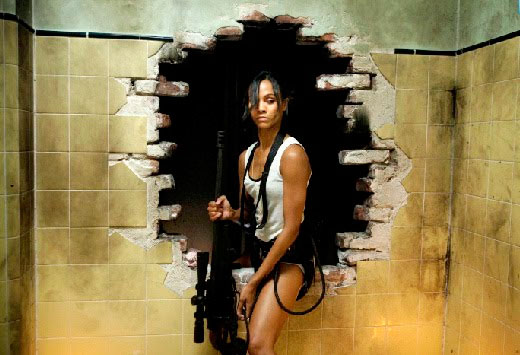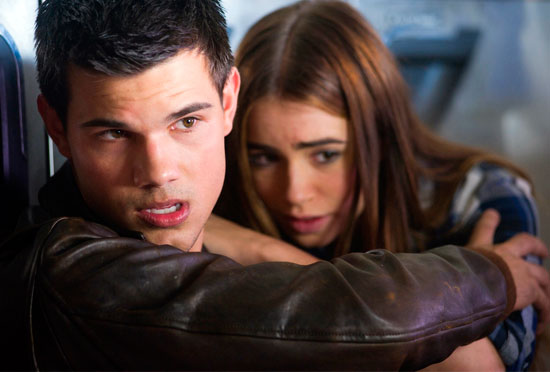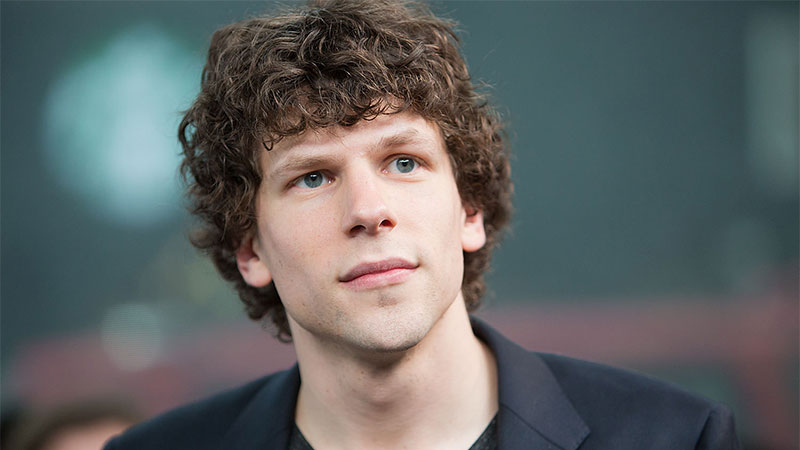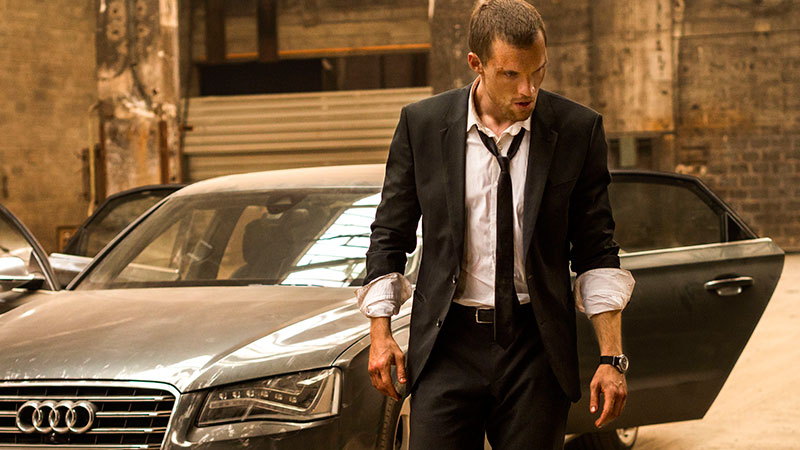“Kinds of Kindness,” the latest cinematic offering by acclaimed director Yorgos Lanthimos, stands out as a unique exploration of the human condition. Presented as a triptych fable, the film intertwines three distinct narratives, each delving into themes of power, control, free will, and human relationships. With a stellar cast led by Emma Stone, Jesse Plemons, and Willem Dafoe, and supported by a skilled production team, the film promises to be a thought-provoking addition to Lanthimos's repertoire.
The Genesis of “Kinds of Kindness”
The conceptual journey of “Kinds of Kindness” began several years ago, evolving from a single narrative into an anthology. Lanthimos, alongside long-time collaborator Efthimis Filippou, crafted a screenplay that diverged from their previous works, aiming for a different structure. Lanthimos explained, “We had started out with one story, but as we were working on it, we thought that it might be interesting to make a film that has a different structure to what we had done before.”
Filippou and Lanthimos share a unique writing process characterized by mutual trust and iterative drafting. Filippou described it as “back and forths of drafts, mutual trust, disagreements, and mutual trust once more.” This collaborative synergy allowed them to interlace three distinct stories, each connected through thematic threads of human behavior and relationships.
Casting and Character Dynamics
Emma Stone, a frequent collaborator with Lanthimos, was immediately drawn to the script. She remarked, “I loved the script and how it developed into a triptych. The stories weave together in a way that is not necessarily clear but capitalizes on what has come before.” Stone, who plays multiple roles in the film, appreciated the challenge of portraying different characters within a single narrative framework.
The decision to have the same actors play different characters in each story was a deliberate choice to maintain a sense of continuity and familiarity. Lanthimos initially considered making the characters visually distinct but decided against it to avoid it becoming a gimmick. Instead, subtle differences in hair, makeup, and behavior distinguish the characters, adding a subconscious sense of connection. This approach, according to Lanthimos, enhances the audience's engagement with the film's complex narrative structure.
Filming Locations and Set Design
The film was shot on location in New Orleans, chosen for its ability to serve as a nameless city that blends into the background. Lanthimos and his production team sought a place with a big lake and a suitable lake house, which became central to the film's setting. Production designer Anthony Gasparro and his team scouted locations that would fit the narrative's requirements. The lake house, for instance, was envisioned as a decadent yet slightly distorted space, reflecting the commune's eclectic lifestyle. Gasparro explained, “I created a story in mind that someone had built it in the late 80s or early 90s, and then they just left, and it was abandoned. Then, this cult came in and took over and repurposed it.”
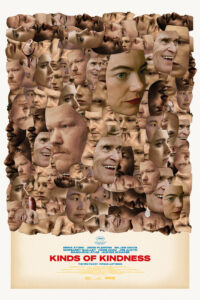
For Producer Ed Guiney, the title is meant to be intriguing, offering multiple different viewpoints. As he
states, “It could read as different ways of how people are kind to each other. It's a playful title and one
that took a while to settle on, but it is certainly thought-provoking and will have people scratching their
heads in a good way coming out of the cinema.”
Costume and Makeup
Costume designer Jennifer Johnson brought a forensic approach to her research, drawing inspiration from news footage, magnum photographers, and portrait artist Alice Neel. She aimed to reflect the film's themes of control and psychology through the characters' attire. Johnson enjoyed a collaborative process with the cast, particularly Emma Stone, who was keen to explore the physicality of her characters. Johnson noted, “Emma is not worried about vanity or being pretty. She is very interested in the character itself, and how they move.”
Hair department head Jennifer Serio and makeup department head Jessica Needham worked closely to ensure the characters' looks were subtly varied yet recognizable across the different stories. Serio revealed that Lanthimos's dislike for artifice led them to avoid using wigs, instead enhancing the actors' natural hair. Needham added, “We pieced together all these images, whether it was a color palette for the hair and makeup, or just general references.”
Cinematography and Visual Style
Robbie Ryan, the film's director of photography, reunited with Lanthimos to create a visual style that was simpler yet distinct. Lanthimos and Ryan opted for wide-screen and anamorphic cinematography, with selective use of black and white to denote dream sequences or stories within the film. Ryan noted, “Yorgos was very keen to try a different sort of language with KINDS OF KINDNESS. He wanted it to be wide-screen and anamorphic. From then on, we pursued testing for that kind of cinematography.”
The choice to shoot on film was a deliberate one, as it brought out the grainy, textural qualities that Lanthimos favored. Ryan described film as the “magic ingredient” that enhanced the film's visual appeal. “You know what you get when you shoot on film – it will always be something interesting,” Ryan added. This approach contributed to the film's distinct visual identity, aligning with its thematic complexity.
Musical Score
Composer Jerskin Fendrix, who had previously collaborated with Lanthimos on “Poor Things,” was tasked with creating the film's score. Fendrix began composing music based on the script and black-and-white photographs from the set, without seeing the completed film. This method allowed him to capture the emotional essence of the characters and the narrative. Fendrix explained, “I write a large amount of music based on what I feel is appropriate. I try and work out what I'm getting from the material and what I think is the music's responsibility to express.”
Collaborative Spirit and Production Challenges
The production of “Kinds of Kindness” was marked by a spirit of collaboration and experimentation. Lanthimos fostered an environment where actors and crew members could freely contribute ideas and explore their creative instincts. Emma Stone highlighted this atmosphere, noting, “There's so much respect because everyone's really eager to be there, and that kind of sets this movie apart from others.”
The film's production faced challenges, particularly with time constraints. Lanthimos, who had just completed principal photography on “Poor Things,” took advantage of the post-production period to move forward with “Kinds of Kindness.” Producers Ed Guiney and Andrew Lowe saw this as an opportunity to create a more straightforward, location-based film. Guiney remarked, “On the face of it, this felt like a less complicated film because it is location-based, with natural lighting and contemporary costumes.”
Themes and Narrative Exploration
“Kinds of Kindness” explores themes of power, control, free will, and human relationships through its triptych structure. Each story within the film reflects different facets of these themes, inviting the audience to engage with the narrative on multiple levels. Lanthimos aimed to create a film that was not only entertaining but also intellectually stimulating, encouraging viewers to reflect on their own lives and relationships.
The film's exploration of authority and free will is particularly poignant. Lanthimos explained, “I think it's interesting to observe how one might think they have control over things or that they're free to decide things. Then, when they are given the absolute freedom, it's hard for them to deal with it and navigate it.” This theme resonates throughout the film, highlighting the complexities of human behavior and the inherent contradictions in the pursuit of freedom and control.
In conclusion
“Kinds of Kindness” is a testament to Yorgos Lanthimos's innovative approach to filmmaking. Through its unique narrative structure, thematic depth, and collaborative production process, the film offers a rich and engaging exploration of the human condition. As audiences delve into its triptych narrative, they are invited to reflect on the complexities of power, control, and the pursuit of belonging. The film's production, marked by creative collaboration and a commitment to visual and thematic coherence, underscores Lanthimos's status as a visionary director in contemporary cinema.

